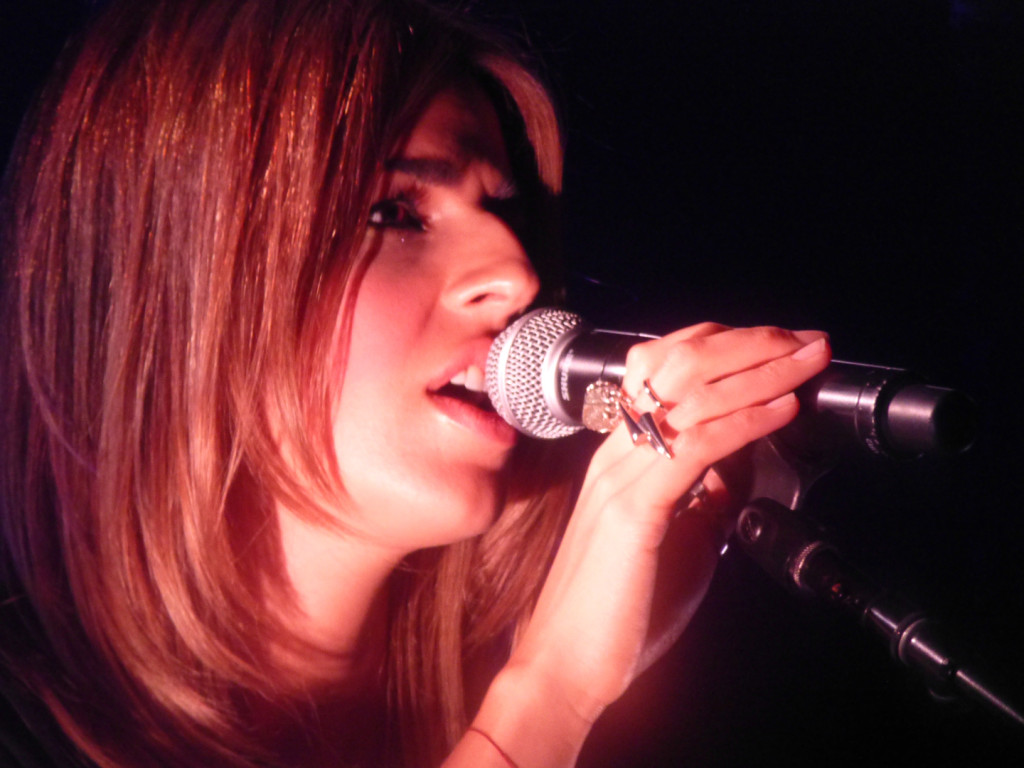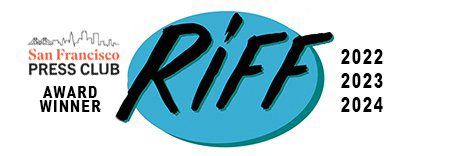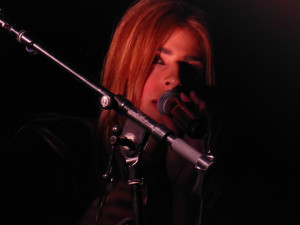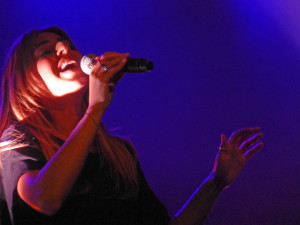Q&A: Brooke Fraser on her coexisting passions

Brooke Fraser performs at the Independent in San Francisco on Jan. 26, 2015. Roman Gokhman/STAFF.
As I was preparing to interview Brooke Fraser in December, I discovered something I knew nothing about. She’s a member of Hillsong, a large Australian church that’s renowned worldwide in Christian circles for the praise music albums its choir and band release. If you go to a Christian church, there’s a likely chance that church’s band covers Hillsong. But Fraser, who just performed at the Independent this week, prefers not to bring that up in interviews with American journalists. That’s because the U.S. is one of the few countries in the world that separates mainstream and gospel music into two genres. And it often creates misconceptions about Fraser as an artist.
The story ran a little while ago. Here’s a bonus Q&A with Brooke Fraser, and some photos and video from her show.
On her charity work in Africa and Southeast Asia (In 2005 Fraser visited Rwanda and other countries and sponsored several children through World Vision. She also named her second album, 2006’s “Albertine,” after a young genocide survivor):
I still sponsor a number of children, and we try to sponsor more each year. We have a lovely little family of sponsored kids. In my career, I have times when I highlight different causes at different points. Child sponsorship … The last album (“Flags”), I was really pushing clean water. For me, as an artist, it’s really important to lift my voice and whatever influence I have to causes that need that and can be assisted by that. I’m also really aware of not fatiguing my fans. I try to be wise with striking a balance with those two things.
On social media bringing her fans closer to her:
It’s amazing in so many ways, and one of the ways is the creation of community, and having a direct connection with people listening to your music. … I don’t know if I ever will get to play a show in, say, Guatemala or Belize. If I have fans there, the idea is they can have access to me and communicate with me, and I can communicate with them. It’s an amazing opportunity.
On creating the “Brutal Romantic” album cover, which pictures two statues in a hug or fight (Both statues were Fraser, herself):
I had this idea of doing something sculptural with two figures coming out of a surface, like emerging from one era to the next. I didn’t really know exactly how that would be, so I went and got three-dimensionally scanned in a CGI studio. A visual artist took the raw data and animate that in a bunch of different ways. There were different versions of me.
There were versions with just my head, versions where there was 10 of me, and then what became the final album cover. I was immediately captivated by that image. That image really communicates what this album is about and what really is the feature theme of all of my music and my writing, which is the human experience.
Scandanavian pop and rock is pretty popular these days. Did you check in with Peter, Bjorn and John, Lykke Li or others for any advice when you lived there while recording “Brutal Romantic?”
“(Writer-producer Tobias Fröberg) is close friends with a lot of those guys, and often gets people from the east end to come to the island to play on the records he works with. I didn’t have direct contact with them, per say, but certainly the Swedish music community is actually smaller than you think. Everyone kind of knows each other. There’s varying degrees of separation.”
On writing and recording with Australia’s Hillsong, a popular church that makes Christian praise music, and how she prioritizes this with her mainstream career:
I keep those two things very separate. For me, my involvement in my faith community is a huge part of my life, but there’s certainly a distinct separation between Brooke Fraser, the mainstream musician and artist, and the way I serve my community and my congregation, which is through writing and a bunch of other things. I try to keep the lines quite (separate) between those two things.
On whether it’s difficult to keep the two separate:
Probably just in America because there’s not really an industry that exists around these types of things outside of America. In Australia and New Zealand, it’s never been a problem. People very clearly understand it. In America, it’s been an issue with people thinking that I’ve crossed over at some point; left something and gone to something else, or vice versa, when actually, the two have always happily coexisted.
On her favorite Bay Area memory:
I’ve played in San Francisco a lot, often at this teeny tiny venue (Café du Nord). I remember one time we were heating up for soundcheck. It was around (December) and there was a man in a Santa hat and nothing else just walking confidently up the street. And I thought, “I love San Francisco.
Follow editor Roman Gokhman at Twitter.com/RomiTheWriter.


